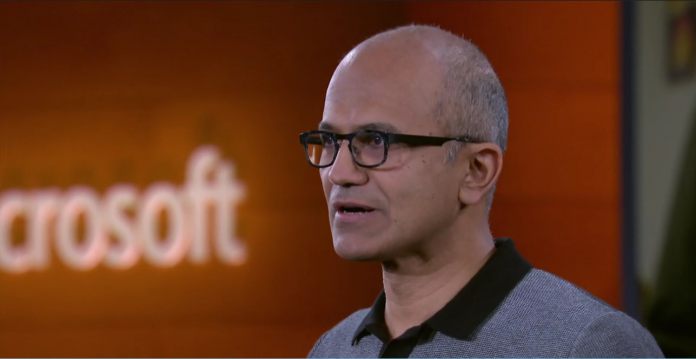1 Intelligent Cloud2 More Personal Computing
Specifically, Microsoft posted a 14% jump in revenue year-on-year (YoY), totaling $36.9 billion. In terms of breaking down the revenue across divisions, Microsoft Productivity and Business Processes took $11.8 billion for 17% growth, Intelligent Cloud managed $11.9 billion with 27% growth, and More Personal Computing grew 2% with $13.2 billion. Let’s start with Productivity and Business Process, which includes services around Office and workplace solutions. Growth in the division was pushed by ongoing success in Office 365 and LinkedIn. Office Commercial products grew 16%, while Office 365 Commercial revenue increased 30%. However, this growth was somewhat offset by a 11% dip in non-cloud Office Commercial products. As for Office Consumer products and services revenue increased by 19%. Microsoft says there are now 37.2 million Office 365 Consumer subscribers. In terms of LinkedIn, Microsoft’s decision to pay $27 billion for the business network continues to work. Revenue for the platform grew by 24% during the quarters. It is worth remembering Microsoft does not break down how much each product makes, only offering information on growth.
Intelligent Cloud
Looking to Intelligent Cloud, Microsoft pointed to growth across services. For example, Server tools and cloud services increased by 30%. This area includes Azure, which continues to underpin Microsoft’s cloud success. During the last quarter, Azure enjoyed 62% growth. Elsewhere, Enterprise Mobility achieved over 127 million seats and grew 35%, while Enterprise Services grew by 6%.
More Personal Computing
Finally, Microsoft drew the most revenue from More Personal Computing. This makes sense because it is a catch-all term for the company’s consumer-fronted services, such as Windows 10, Surface, and Xbox. Windows revenue boosted by 18%, with 26% growth in Pro versions and 4% across other SKUs. Of course, the final year of Windows 7 support meant millions of users were upgrading to Windows 10. Surface saw solid gains of 6% growth in revenue. However, Xbox continued to decline and dipped 21% year-on-year. In terms of Xbox specifics, the division declined by 11%. It is worth noting that the Xbox One generation is coming to an end so a decrease in gaming revenue is expected.




